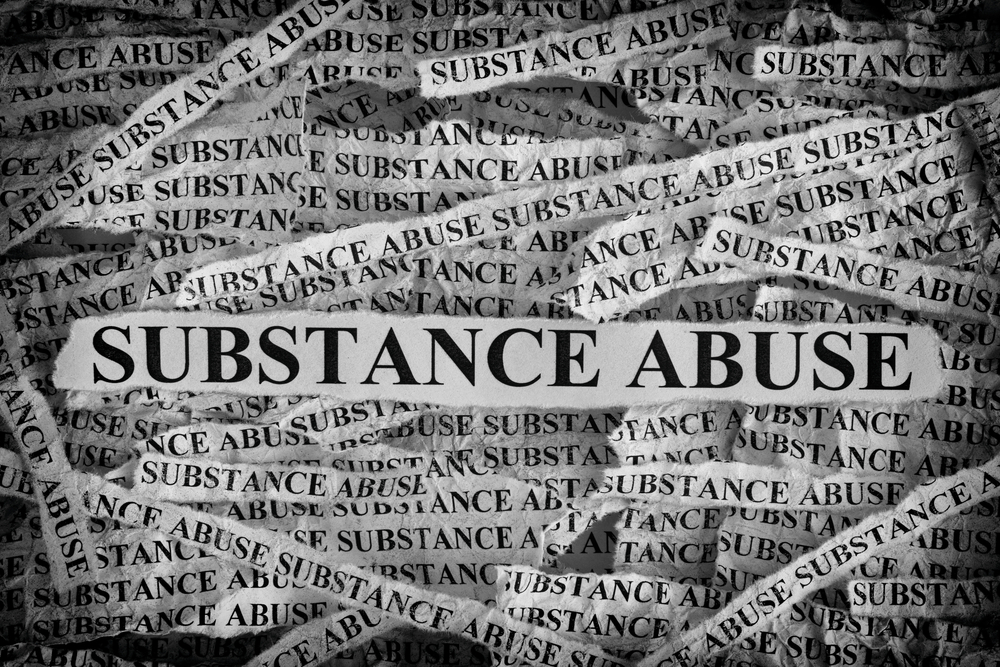Substance abuse is defined as “the use of a substance for a purpose not consistent with legal or medical guidelines.” There are different ways that an adolescent could misuse drugs. Alcohol misuse occurs when an individual under the age of twenty-one ingests large and unhealthy amounts of alcohol. The NIAAA defines alcohol abuse as a “pattern of drinking alcohol that brings blood alcohol concentration (BAC) to 0.08 percent – or 0.08 grams of alcohol per deciliter – or higher. For a typical adult, this pattern corresponds to consuming 5 or more drinks (male) or 4 or more drinks (female), in about 2 hours.” Prescription drug abuse occurs when a young person abuses a medication that was prescribed to them by a medical professional or takes prescription drugs that were not prescribed to them at all. Substance abuse includes a teen that takes more medication than prescribed, mixes the medication with other drugs, ingests the medication in a way other than prescribed (e.g., crushing and snorting a pill that is meant to be swallowed), and/ or takes the medication more frequently than prescribed. Using any illicit substance is considered drug abuse.
Home Drug Testing
Home drug tests can screen for traces of certain substances (e.g., illegal drugs, over-the-counter medicines, prescription medications, etc.). There are several different types of drug testing options available nowadays, and the specific type selected will depend on certain factors, as well as provide varying levels of detail regarding one’s drug use. Nevertheless, urine tests are the most used method of at-home drug tests. These test kits typically come with a sample collection cup, the drug test (e.g., test strips, a test card, a test cassette, or other method for testing the urine), and instructions. Prior initiating the test, it is essential to read and understand the instruction. Most home drug tests must be visually read within a certain timeframe. At-home drug tests are sensitive to the presence of drugs in the urine. This means that if drugs are present in the sample, it will indicate a preliminary (or presumptive) positive test result. A preliminary positive result prompts the need for subsequent drug testing. Laboratory drug tests are the most reliable way to confirm the results of an at-home drug test and the presence of drugs of abuse.
For Information and Support
Every family in need of mental health treatment must select a program that will best suit the needs of their family. When one member of a family struggles, it impacts everyone in the family unit. To maximize the benefits of treatment we work closely with the entire family to ensure that everyone is receiving the support they need through these difficult times. Seeking help is never easy, but you are not alone! If you or someone you know needs mental health treatment, we strongly encourage you to reach out for help as quickly as possible. It is not uncommon for many mental health difficulties to impact a person’s life, long term. Pursuing support at the beginning of one’s journey can put the individual in the best position to learn how to manage themselves in a healthy way so they can go on to live happy and fulfilling lives.
OUR KNOWLEDGEABLE ADMISSIONS TEAM CAN BE REACHED 24/7 AT INFO@PACIFICRTC.COM OR CALL: 800-531-5769






